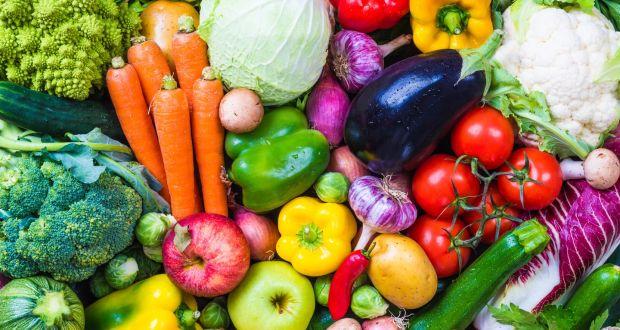The Toronto Star asked us how we felt about the CFIA’s decision to scrap its ‘antiquated definition of local’. In a word? Fantastic, followed by ‘cautiously optimistic’.
• • • • • • • • • • •
Your kid can once again eat a “local” snack of vegetables and dip at daycare, provided by catering company Real Food for Real Kids.
And you can stop by Alliston for a “locally raised” beef burger at the Bistro Burger Joint.
A magical thing happened last Friday. The Canadian Food Inspection Agency agreed with reason and scrapped its antiquated definition of “local.”
“Local,” according to the federal government’s new definition, no longer means it must be grown within 50 kilometres or one municipality away. It now means grown within your province, or 50 kilometres beyond the provincial boundaries — until a new definition is devised.
That’s great news. I’ll say it: Way to go, CFIA.
That means the complaints against the owners of Real Food for Real Kids and the Bistro Burger Joint for using the term “local” in their ads, and the pending $50,000 fines, will be dropped.
But while Alliston restaurateur Jay Klausen was celebrating the news, Real Food for Real Kids co-owner David Farnell responded more cautiously.
He’s not going to change it back.
It’s one thing to call a beef patty “local” — there’s only one ingredient, and it can easily be sourced to a beef co-op 160 kilometres away.
But Real Food for Real Kids faces a much complex situation. It produces about 20,000 lunches and snacks a week for 200 daycares and schools.
Labelling the snacks is often straightforward. You can call the red pepper and cucumber slices “local,” since they came from the Holland Marsh. You could even call the dip local, since it was made with Ontario yoghurt and dill.
But the lunches — like most of our lunches — have several ingredients. That’s where it gets tricky.
“Take the macaroni and cheese. The cheese is from Ontario. The pasta is made in Oakville. But the wheat in it comes from Saskatchewan. So what do I do?” asks Farnell. “If two of three ingredients are from Ontario, is it local?
“I don’t want to be in this game.”
You can see why hammering out a new definition of local for its hefty Guide to Food Labelling and Advertising will likely take the CFIA “a couple of years,” Daniel Miller, executive director of the agency’s Food Labelling and Claims Directorate, said Monday.
Geography was the easy part. Now comes the content.
Most things we eat come with impressive ingredient lists — not just for the unpronounceable words but for their sheer length. Even simple things, like the carrot muffins I make with my kids, have ingredients you can’t produce locally. When’s the last time you saw a cinnamon tree in Ontario?
At my local farmers’ market, the definition of a locally made product is 51 per cent of the ingredients or the defining ingredient. So a farmer can sell “local” apple pie if the apples come from his farm — that’s the “defining ingredient.”
Farmers’ Markets Ontario came up with that rule. But there are other precedents.
Savour Ottawa certifies restaurants as local if they buy at least 15 per cent of their ingredients from local farmers. But it also sets a financial standard: $25,000. So really big hotels could presumably get away with sourcing more than 85 per cent of their shopping list from out of province.
Until recently, wines labelled Cellared in Canada had to have 30 per cent Canadian grapes. That has been changed in Ontario to “international-Canadian blends,” with a 25-per-cent minimum.
There’s a benchmark even in the existing Guide to Food Labelling and Advertising: “Product of Canada.”
“A food product may claim Product of Canada,” it states, “when all or virtually all major ingredients, processing and labour used to make the food product are Canadian.”
Non-Canadian material, it says, must be “negligible” and not generally produced in Canada. What is negligible? Less than 2 per cent of the product.
You can see why Farnell leaving his website as is.
He’s a local food pioneer, sourcing anywhere from 50 to 65 per cent of his ingredients from nearby producers, depending on the season. But he will never get to 98 per cent.
Even if the new rules lowered the content requirements, he could get burned, he says. CFIA enforcement is triggered by complaints. All it would take is one jealous competitor to put him through another audit.
“I would need a compliance person on staff,” he says.
He will continue to source from local farms because that’s part of his company’s founding ethos. But, in his marketing, he will focus on “real,” which to him means “natural, made the way everyone recognizes what their grandma would make it.”
So far, there is no definition of “real” in the CFIA guide.
Read the article on the Toronto Star website, here.
